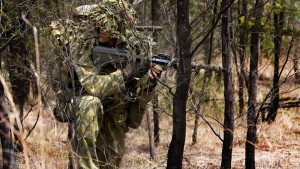
I was watching a great documentary about an elite British military organization, when the 7 keys to camouflage were brought up. I realized it was a perfect analogy of what to consider when we try to make ourselves one with our environment.
One dictionary described camouflage simply as:
Noun – the disguising of military personnel, equipment, and installations by painting or covering them to make them blend in with their surroundings.
Verb – hide or disguise the presence of (a person, animal, or object) by means of camouflage.
Below are the keys to good camouflage.
- Shape
- Shine (Texture)
- Shadow
- Silhouette
- Spacing
- Movement
- light
Shape
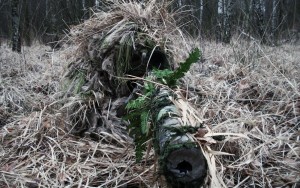
Shape is the external form or appearance characteristic of someone or something; the outline of an area or figure. This was one of the primary reasons military camouflage adopted multi-color schemes in the mid-20th century on. A way of breaking up the natural edge in regards to background.
Shape is one of the easiest ways to determine whether or not something belongs in an environment or not. Three shapes that need to be broken up are your physical outline, the round shape of your helmet, if you have one, and the shape of your weapon. These are distinguishable non-natural shapes.
Shine (Texture)
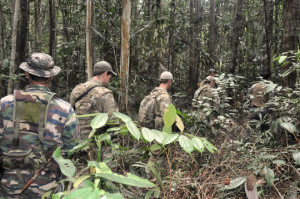
If the texture of an object is in contrast with its surroundings, then it will be clearly visible. For humans, skin tone often contrasts vividly with in a nature surrounding; hence the use of face paint or screens.
Things that glitter and sparkle are also not typically found in nature. A quick remedy can be natural colored tape, or flat paint.
Shadow
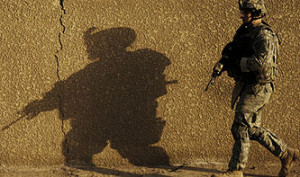
Shadow can be either a negative or positive. Your own shadow can give away your position; but through sunlight and moonlight, nature creates deep shadows that can be used as recesses for concealment.
Silhouette
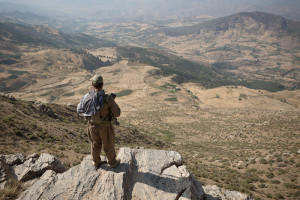
This is most obvious when a person crests a hill; so if you are avoiding being seen, don’t walk over the tops of hills. The back ground color can also effect a silhouette. Dark shades of camo will make you stand out against a light colored backdrop, and vice versa.
Spacing

Even rows and regular spacing does not occur in nature. These are indications of manmade items, so avoid regular spacing. At the micro level this could imply irregularities in the brush concealing a fighting position or the material in a ghillie suit.
Movement
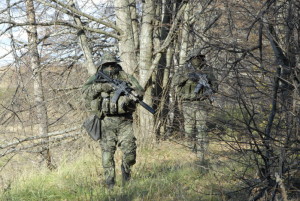
The eye is attracted to movement, especially sudden movement from concealment; movement should be slow and cautious. These principles are the same for day and or night time.
Light
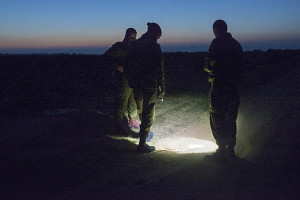
Under ideal circumstances a cigarette cherry can be sign over two miles away at night; so how far away might an LED flashlight give away your position?

Leave a Reply